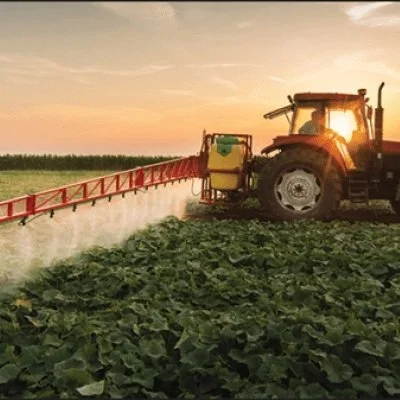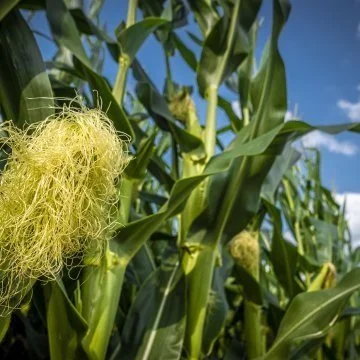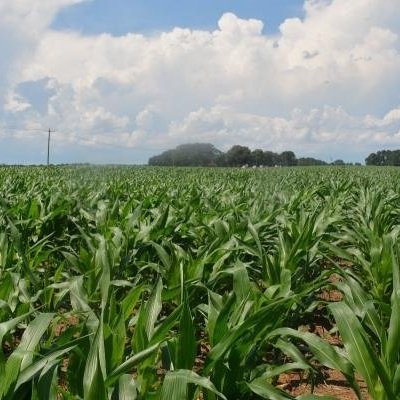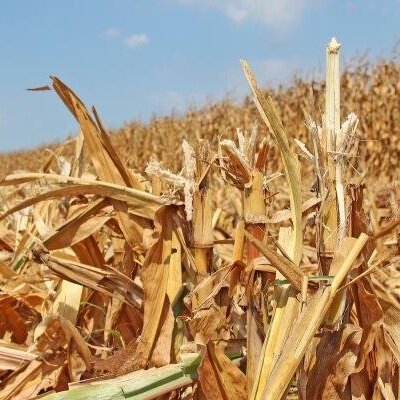Despite significantly higher fertilizer prices across the globe throughout 2021, global nitrogen fertilizer demand appears to be set to increase in 2022. According to fertilizer analysts, demand destruction does not appear to be on the horizon.
Read MoreBreak-even prices to cover total costs for 2022 are projected at $4.73 per bushel for corn and $11.06 per bushel for soybeans. Compared to historical levels, these break-even prices are very high. While current fall bids are above break-even levels, the high break-even levels present risks in 2022.
Read MoreLeaders from the National Corn Growers Association and its state affiliates sent a letter to one of the nation’s largest fertilizer producers taking to task the tariffs that were imposed in March at the request of the fertilizer company. Fertilizer prices have since skyrocketed, and NCGA continues to make noise about the fertilizer market situation.
Since 2020, all nitrogen fertilizers are now more than double in price: anhydrous is up by 131% and urea by 110%. Potash is up by 120%.
Read MoreThe substantial run-up in fertilizer prices seems to discourage corn plantings next season.
But don’t look for a big switch to soybeans just yet. The economics of crop production actually favor corn over soybeans across the state, according to University of Illinois ag economists
Read MoreCorn growers showed the amazing possibilities open to agriculture with the use of modern seed varieties, advanced production techniques and innovative growing practices this year as David Hula topped the 600 bushel-per-acre mark again this year in NCGA's National Corn Yield Contest. Hula, of Charles City, Virginia, repeated his accomplishment and produced the highest yield in the contest with 602.1694 bushels per acre. These great yields, which have been achieved nationwide despite many challenges, reflect farmers' resilience and deep dedication to continuous improvement.
Read MoreRon Heiniger encourages farmers who are considering giving up on planting corn next year due to astronomical fertilizer prices to think again, as long as they can pencil in a good yield.
Speaking at a Nov. 5 Zoom meeting, “Utilizing Fertilizers More Efficiently,” Heiniger, North Carolina State University Extension corn specialist said even in a scenario where there is a 230% increase in nitrogen costs in 2022, corn at good yields remains competitive compared to soybeans or grain sorghum.
Read More2021 Corn Hybrid Trails For Louisiana growers.
Read MoreLSU AgCenter Corn Specialist Dr. Matt Foster has released preliminary test results of this years corn core block.
Read MoreDave Nanda found a stalk on the outside row of a cornfield that typifies what corn yield potential could be someday. The stalk had one huge ear and a second good-size ear. Using the yield estimation formula, if you had 32,000 stalks like that per acre, you would harvest over 580 bushels of corn.
Read MoreDespite all the talk about improving soil health, soil carbon, cover crops and other hot topics, it may be easy to overlook the considerable impact that crop residue management has on soils and future productivity. Following harvest, we face a unique situation because corn produces far more biomass than other row crops, as well as cover crops. Historically, many perceive this corn residue as “trash” or a problem which should be removed by fire or heavily manipulated by tillage. However, crop residue generated in production systems can produce substantial long-term benefits if managed appropriately, particularly since our southern soils are naturally low in organic matter.
Read MoreOn Tuesday, Oct. 12, USDA is expected to release higher ending stocks estimates of U.S. corn and soybeans for 2021-22, revised production estimates for 2020 and lower estimates of U.S. ending wheat stocks. Traders have already reacted to the changes stemming from USDA’s Sept. 30 reports, but may find another surprise or two Tuesday.
Read MoreLast Thursday’s Quarterly Grain Stocks report from USDA was no doubt an exciting market event, though corn and soybean prices did not escape the trading session unscathed. Indeed, sentiments from the report are continuing to resonate in markets and will likely continue to do so until at least next Tuesday’s October 2021 Crop Production and World Agricultural Supply and Demand Estimates reports.
Read MoreOn Thursday, the USDA pegged the U.S. soybean ending stocks, as of Sept. 1, higher than the trade estimates.
As a result of today's USDA Quarterly Grain Stocks Report, the CME Group’s soybean complex traded lower, following the report.
Some of the worst cornstalk and ear rot fungi live in your soils. Crop rotations help, but some pathogens that cause the most damage can still survive for several years. If you were lucky enough to have ample rains for a good crop, chances are you have some disease organisms “lurking in the bushes,” waiting to attack your corn.
Read MoreWith combines rolling across the Midwest, some 20 million bushels of 2021 crop corn and soybeans are quickly filling grain bins. But whether holding crops will actually add to their value remains highly uncertain as an unusual growing season comes to an end.
For starters, despite an export pipeline snarled by storms and the lingering effects of the pandemic, prices are at the best harvest level in a decade. And prospects for rallies face questions about whether China will continue to aggressively buy U.S. grain as its leaders reassert the grip of the Communist Party over the country’s businesses and people.
Read More














